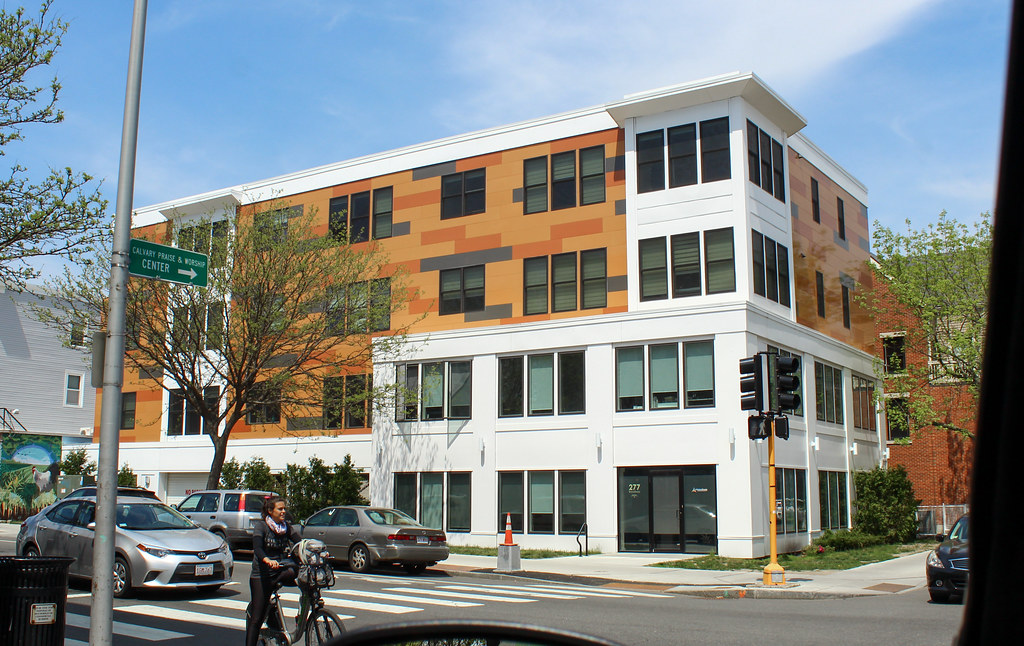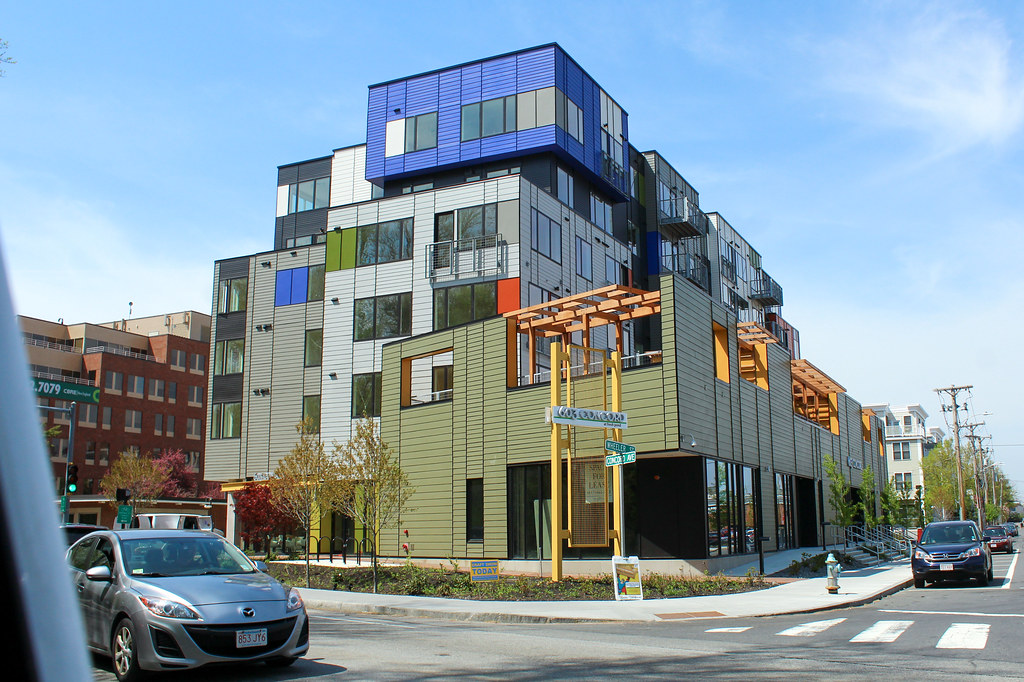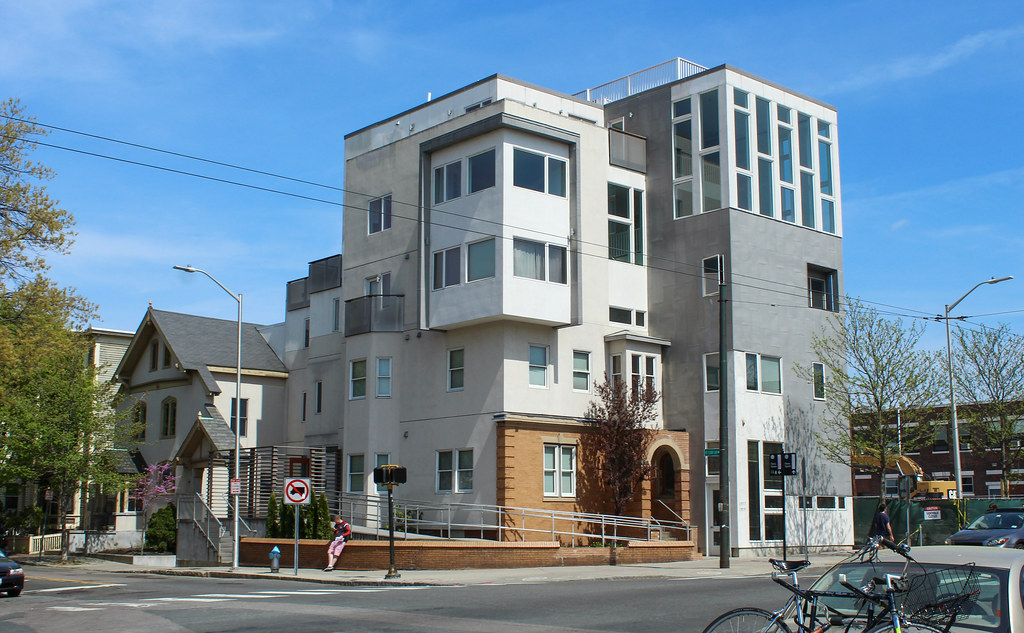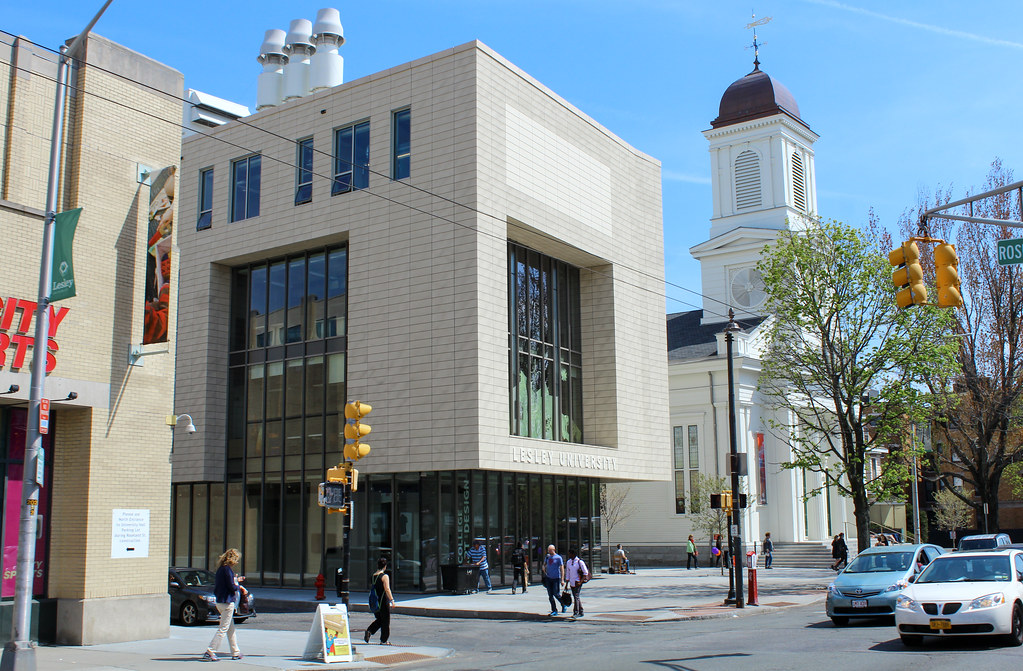CantabAmager
Active Member
- Joined
- Dec 10, 2014
- Messages
- 216
- Reaction score
- 0
They're redeveloping the Jefferson Park apts. When all is said and done, the new complex will consist of a 6 story midrise, and seven 4 story blocks - that's up from the current four 3-story layout.
Here's the briefing from Cambridge:
I don't have any renders though, maybe somebody can chip in with those.
Here's the briefing from Cambridge:
HILAPP - JEFFERSON PARK STATE - 104 UNITS
The redevelopment of Jefferson Park State will be undertaken with a combination of $10 million in funding under the Commonwealth’s new High Leverage Asset Preservation Program (HILAPP), a crucial $6.37 million from the Cambridge Affordable Housing Trust, tax credit equity through MassDevelopment and Boston Financial. Construction financing is through Bank of America Merrill Lynch. Long term debt is through Massachusetts Housing Partnership. CHA will provide 104 project-based vouchers to cover a portion of the operating costs and debt service for the new units. It is anticipated that construction will start in the Fall of 2015. Demolition is underway and all residents have been relocated temporarily off-site and will have the opportunity to return after construction is completed.
I don't have any renders though, maybe somebody can chip in with those.







